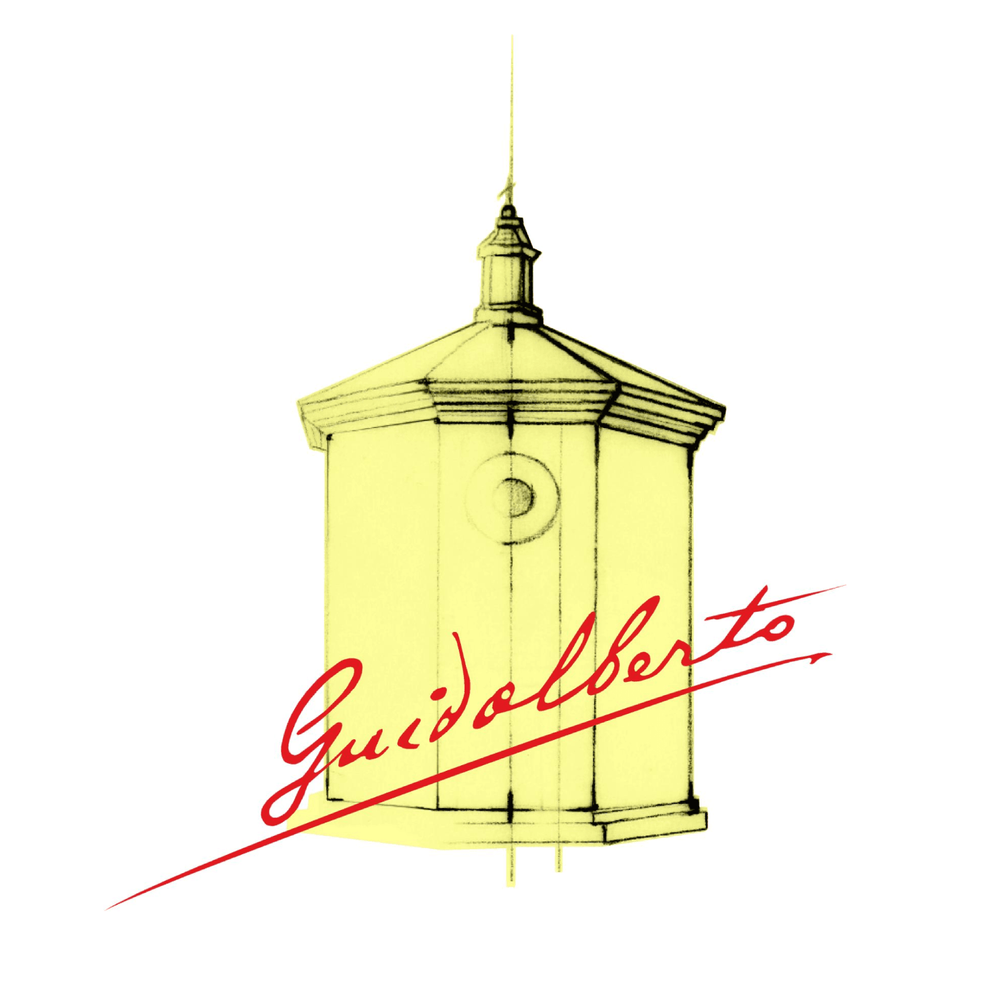Vintage
GUIDALBERTO 2022
CLASSIFICATION
IGT - Toscana
FIRST VINTAGE ON THE MARKET
2000
GRAPES
Cabernet Sauvignon, Merlot

Guidalberto
SOILS
The soils within Tenuta San Guido where the estate's vineyards are cultivated have varied, complex terrain features with a strong presence of limestone, areas rich in marl and pebbles as well as being partly clayey; they are located at an altitude of between 100 and 300 meters above sea level, with a south/south-west exposure.
CLIMATIC TREND
The autumn climate, until the first ten days of November, was somewhat bizarre with temperatures above the norm and abundant rains. Temperatures dropped significantly from the end of November, throughout December. From the end of December, temperatures tended to rise again and, for some days, even above the norm. The rains continued in January and mid-February, when cold temperatures close to 0°C returned, for a few days. From the end of February, temperatures rose rapidly creating conditions of high humidity. In the very first days of April, a sudden drop in temperature caused a modest bud selection in some vineyards of the more precocious ripening varieties. The remaining part of April was characterized by sunny and windy days (especially from the North) and temperatures slightly below the seasonal average. May began with mild temperatures and some short intensity rains but from May 15th temperatures suddenly increased, going well above the seasonal average, both during the day and at night. In the summer, temperatures were often above the seasonal average and no rain. The intense heat lasted until mid-August when a perturbation brought rain and a drop in temperature.
HARVEST
The harvest of Merlot grown in the estate's vineyard began on August 23rd, starting from the youngest vineyards and those located on the plains, to be completed in the very first days of September.
The harvest of Cabernet Sauvignon grapes grown in the estate's vineyard began in the first week of September and was completed, with the vineyards located at higher altitudes, at the end of the month.
The grapes arrived in the cellar in small boxes with a good quality level. To avoid excessive maturity, it was necessary to proceed quickly with the harvest operations.
VINIFICATION
Careful sorting of the grapes in the field during harvesting by hand and further selection upon arrival in the cellar using a sorting table. Destemming and soft pressing of the grapes to limit the release of tannins and maintain maximum elegance. Introduction into stainless steel fermentation tanks at an average temperature of 19-20°C. In 2022 it was necessary to use dry ice to further cool the machinery and fermentation tanks.
The alcoholic fermentation was carried out at a controlled temperature and maintained around 28-29°C. The macerations were managed for approximately 11-13 days for the Merlot and approximately 15-16 days for the Cabernet Sauvignon. Frequent pumping over, while délestages were carried out to a lesser extent than in other vintages, to obtain a greater balance and favor primary aromatic extraction. The malolactic fermentation started spontaneously at the end of October and was completed by the end of the month. At the end of the malolactic fermentation, the musts were decanted to eliminate sediments and maintain maximum cleanliness. The final blend includes some batches of Toscana IGT wine purchased from third parties.
REFINEMENT
The musts were then transferred to the barriques from the second half of November. Aging in 225-liter barriques made of partly French oak and a small part (5%) of American oak. Use of 40% new wood, 40% second passage wood and 20% third and fourth passages wood, in equal proportion. The choice was made to best balance the release of tannins and, at the same time, keep in the foreground the excellent primary and secondary aromas obtained from a great vintage in a good part of the musts. Subsequent refinement in glass before release on the market.